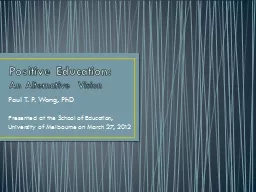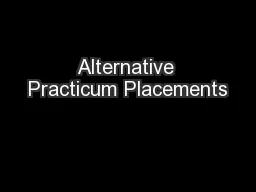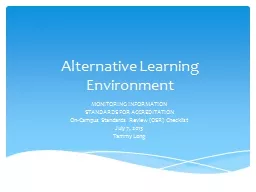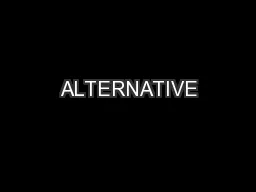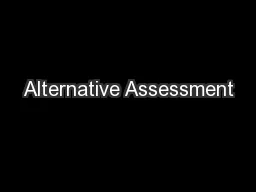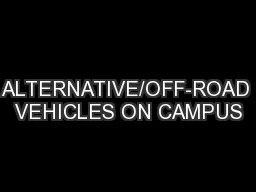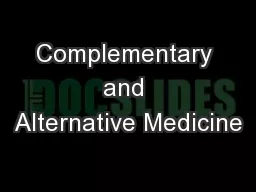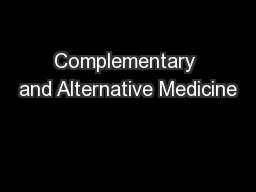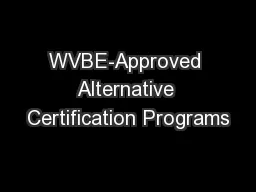PPT-Positive Education: An Alternative
Author : coursion | Published Date : 2020-06-19
Vision Paul T P Wong PhD Presented at the School of Education University of Melbourne on March 27 2012 Traditional approach to education One size for all the
Presentation Embed Code
Download Presentation
Download Presentation The PPT/PDF document "Positive Education: An Alternative" is the property of its rightful owner. Permission is granted to download and print the materials on this website for personal, non-commercial use only, and to display it on your personal computer provided you do not modify the materials and that you retain all copyright notices contained in the materials. By downloading content from our website, you accept the terms of this agreement.
Positive Education: An Alternative: Transcript
Download Rules Of Document
"Positive Education: An Alternative"The content belongs to its owner. You may download and print it for personal use, without modification, and keep all copyright notices. By downloading, you agree to these terms.
Related Documents

